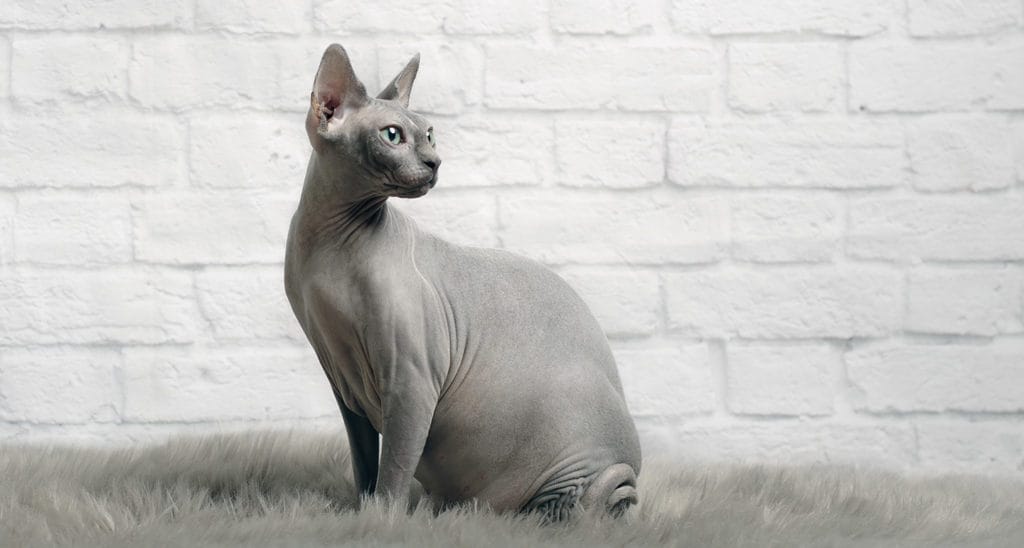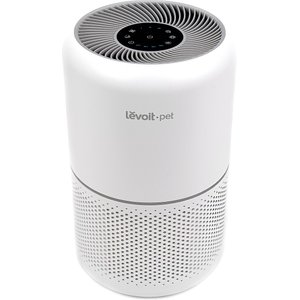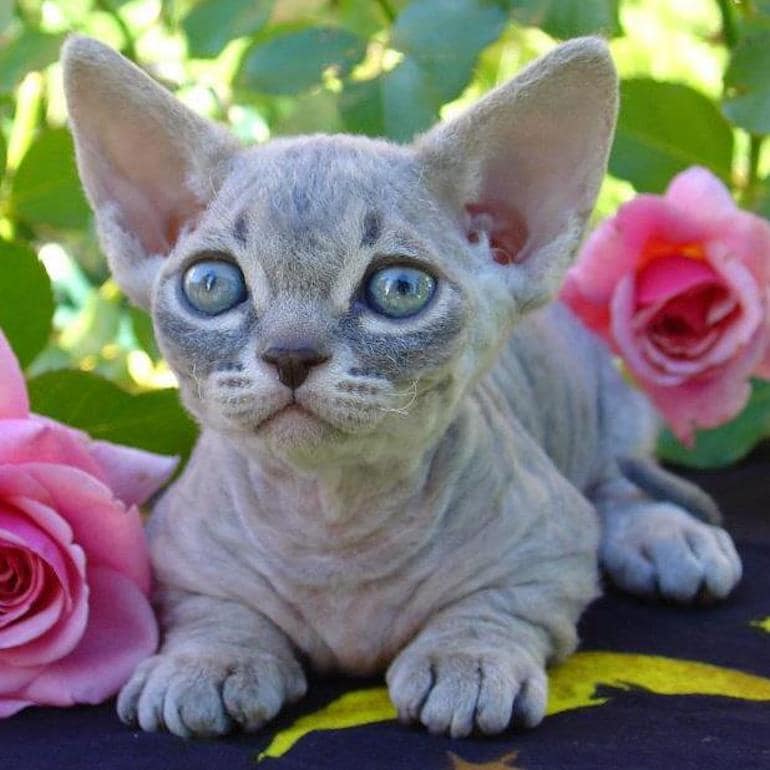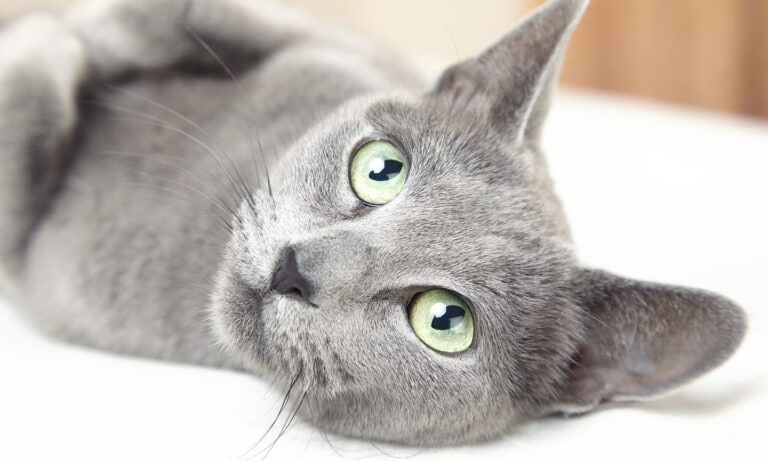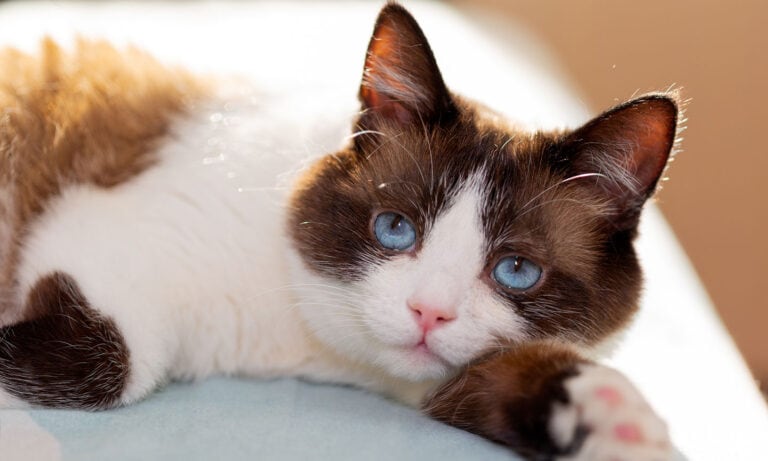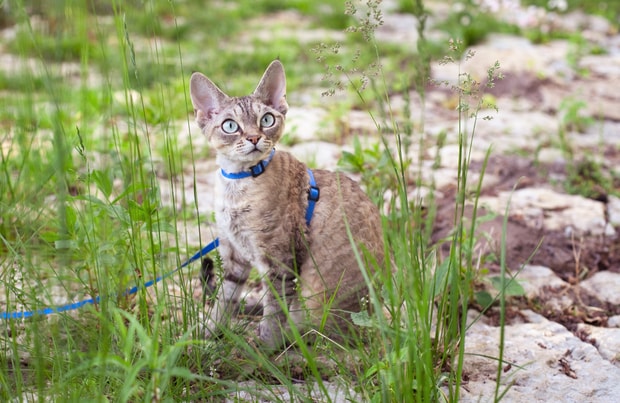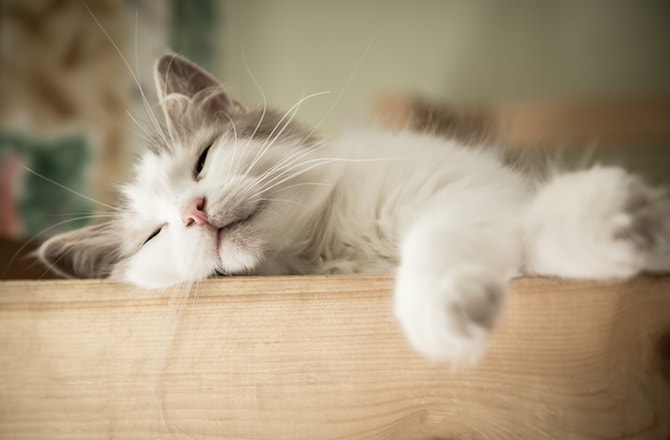Click the buttons below to jump to that section:
Are There Hypoallergenic Cat Breeds?
Unfortunately, there are no truly hypoallergenic cat breeds. That’s because an allergenic protein called Fel d 1 is created in cats’ sebaceous glands in their skin, as well as in their saliva, dander and urine. Since all cats have these things, they all produce Fel d 1—and that means you expose yourself to them every time you touch any cat, says Chris Menges, DVM, MPH, chief veterinary officer of Basepaws in El Segundo, California. Even hairless cat breeds create this allergen in their saliva and skin.
Cat allergens also collect on carpets, walls and clothes, adds Estee Vogel, PA-C, an ear, nose and throat specialist with South Florida ENT Associates.
While Vogel says that even the tiniest amount of this protein can cause a reaction for some allergy sufferers, others may experience fewer allergy symptoms around cats that don’t shed or shed less, since they aren’t spreading as many allergens throughout a home via saliva-contaminated hair.
So if you have a history of allergic reactions to cats but still wish to have one in your home, it might be worth looking into hairless cat breeds or cat breeds that don’t shed as frequently.
Managing Your Cat Allergies
The American College of Allergy, Asthma & Immunology says that avoiding cats is the best way to manage an allergy to the species. But if you just can’t stay away from these sweet and snuggly animals (hey, we get it) here’s what you can do to help with the side effects.
Vogel says cat allergy treatments are readily available in the form of antihistamines, such as Claritin and Zyrtec, intranasal steroid sprays like Flonase and Nasonex, or other various over-the-counter oral and spray decongestants. Vogel recommends consulting with an allergist to determine what would be best for you.
To lessen the effects of allergies for themselves and others, pet parents should also:
- Wash your hands after petting or playing with your cat.
- Use a lint roller to remove excess hair from clothes.
- Vacuum and dust your home often to help remove excess hair and consider using a HEPA (or high-efficiency particulate air) grade filter in your vacuum to capture and filter especially fine particles.
- Keep your cat groomed and bathed regularly to lessen loose hair and dander.
Here are some supplies that can help:
20 Cat Breeds That Don’t Shed (Or, At Least, Shed Less)
One of these cats may be the perfect pet for you, whether you suffer from allergies or simply don’t wish to accessorize your all-black outfits with cat hair.

iStock.com/Yolya
Sphynx
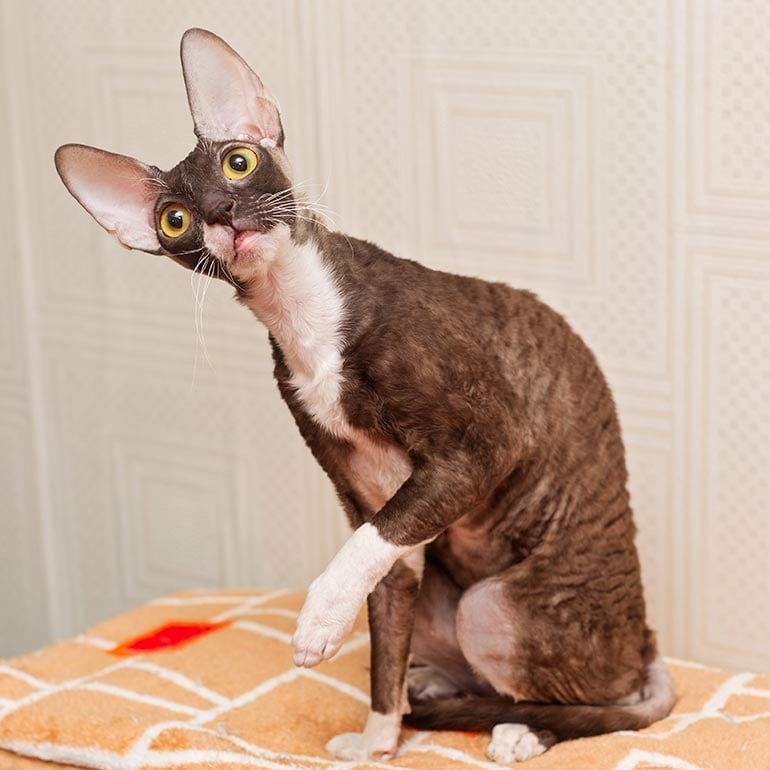
iStock.com/Okssi68
Cornish Rex
Though the Cornish Rex has hair, this cat’s coat sheds less than other breeds, Keiger says. Their fur is curly, very short and lies close to the body. The Cornish Rex is also a very playful breed, so they could be the perfect choice for someone who wants an active playmate for themselves or their other pets.
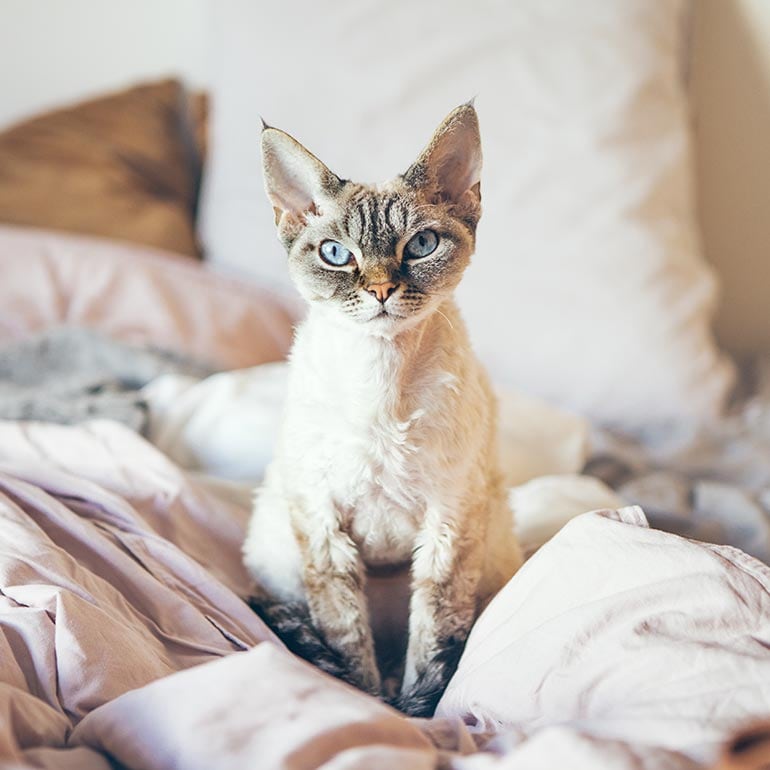
iStock.com/insonnia
Devon Rex
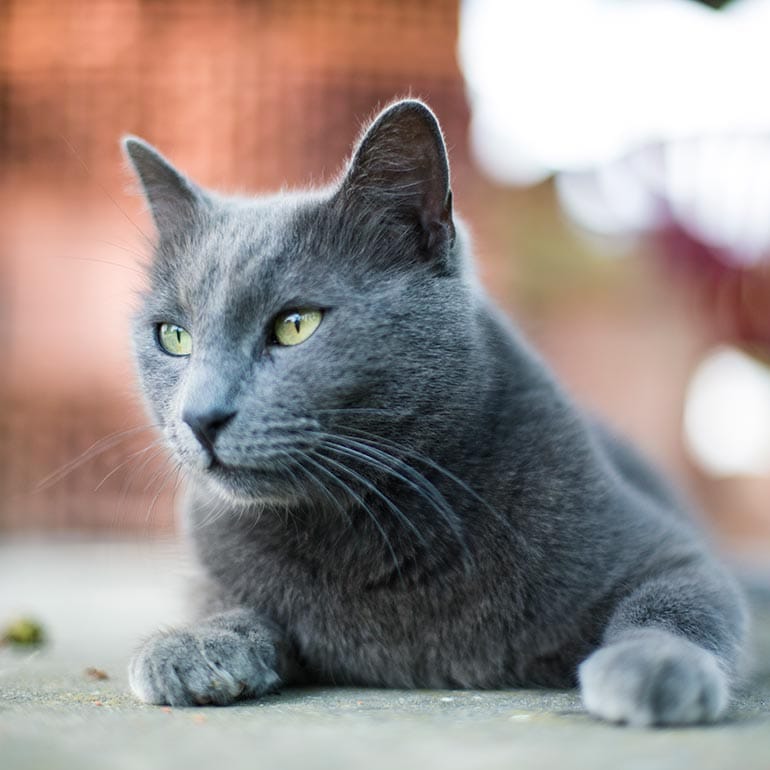
iStock.com/Jeja
Burmese
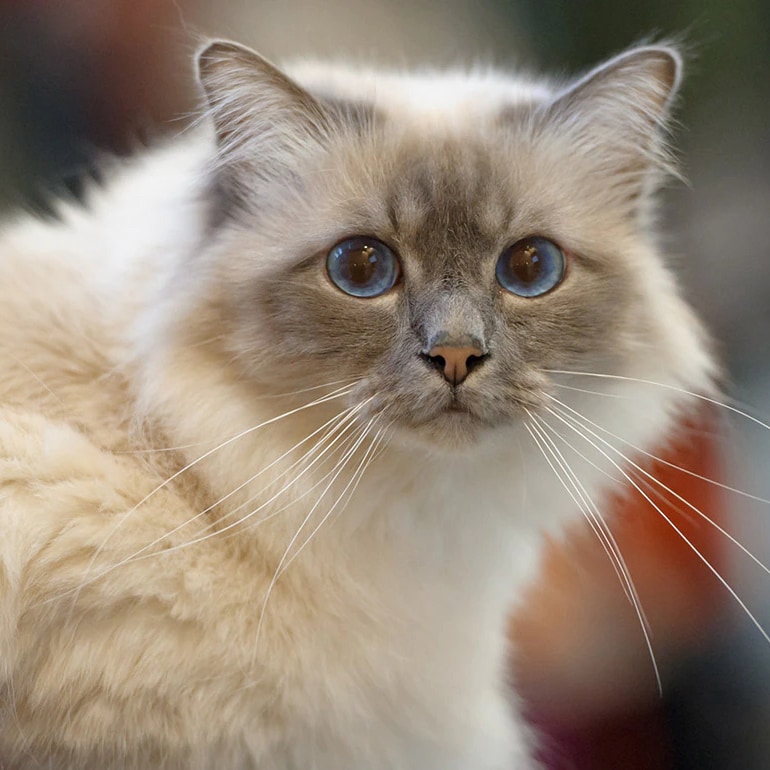
iStock.com/cunfek
Birman
One look at this breed’s fabulously fluffy coat probably has you imagining hair covering every clingy surface in your home, but The Cat Fanciers’ Association allbreed judge, Hope Gonano, says the breed is relatively low-shedding thanks to its non-matting coat which requires minimal grooming. Additionally, Birmans are intelligent, gentle and affectionate by nature. They respond well to training and can adapt to living with children and other pets in your home.
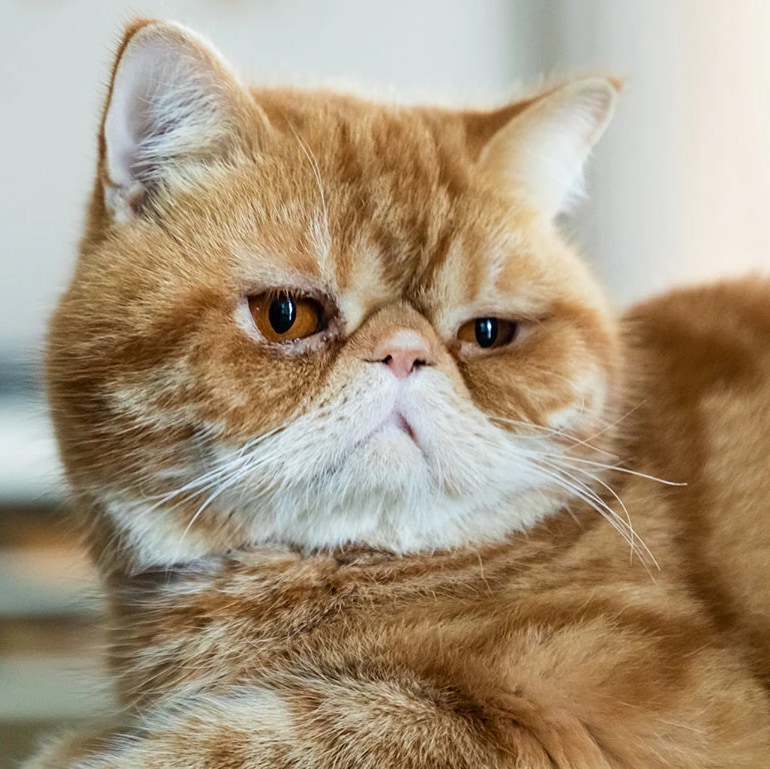
iStock.com/merteren
Exotic Shorthair
Often described as a short-haired Persian, the Exotic Shorthair’s thick, dense coat is shed minimally, says Gonano, although they do require some combing to properly remove any dead hair. A calm, relaxed breed, Exotic Shorthairs are affectionate and can adapt easily to an apartment setting or country living.
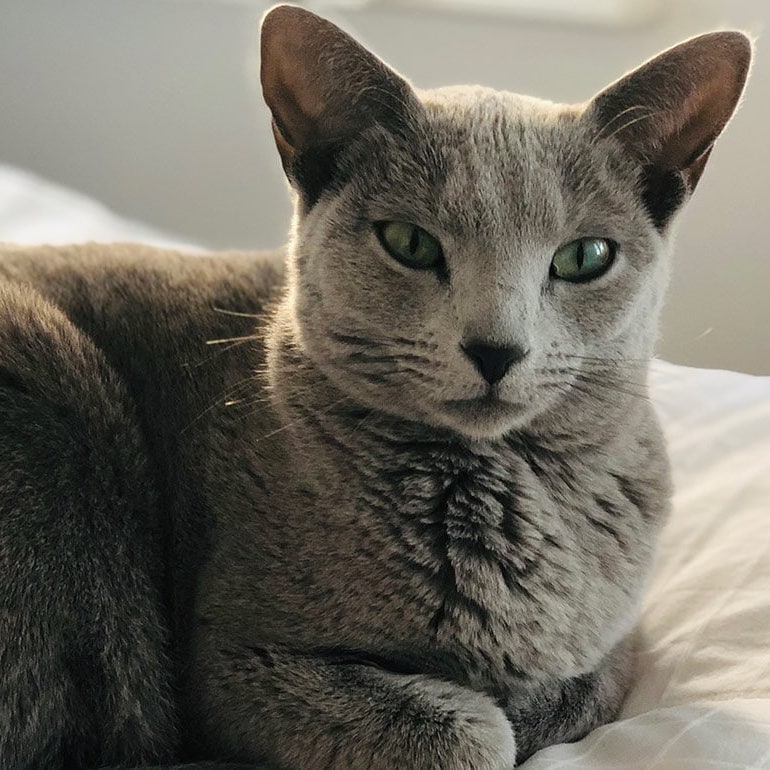
iStock.com/Marcel Cuberta
Russian Blue
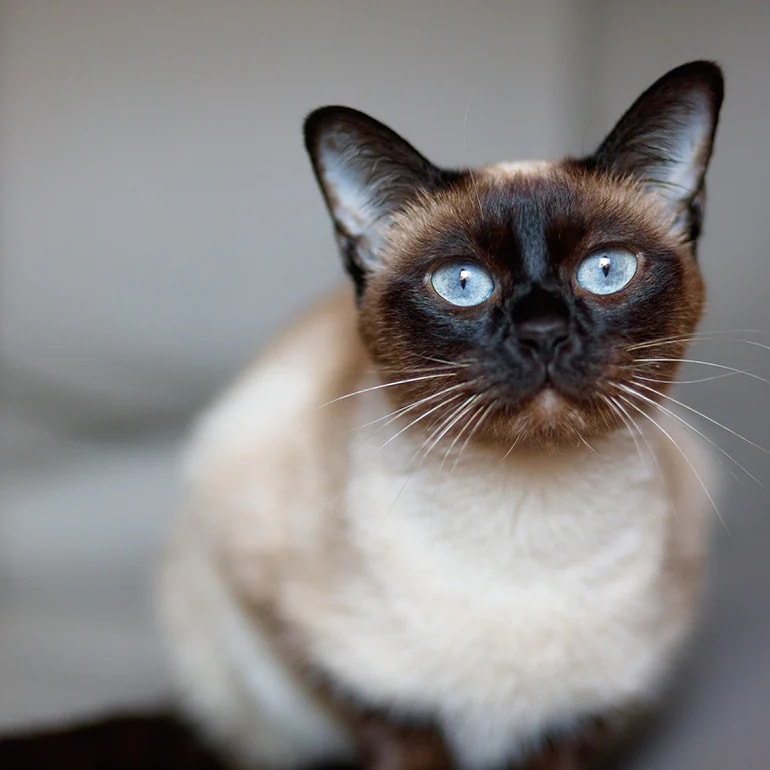
iStock.com/MilanEXPO
Siamese
According to Gonano, Siamese cats have low-maintenance coats that can be cared for by brushing with a fine-tooth comb. Once their dead hair is removed, they’ll shed minimally. With large ears, distinctive blue eyes and a sleek, slim figure, the Siamese comes in seal, chocolate, blue and lilac point, and loves being around and chatting with their people.
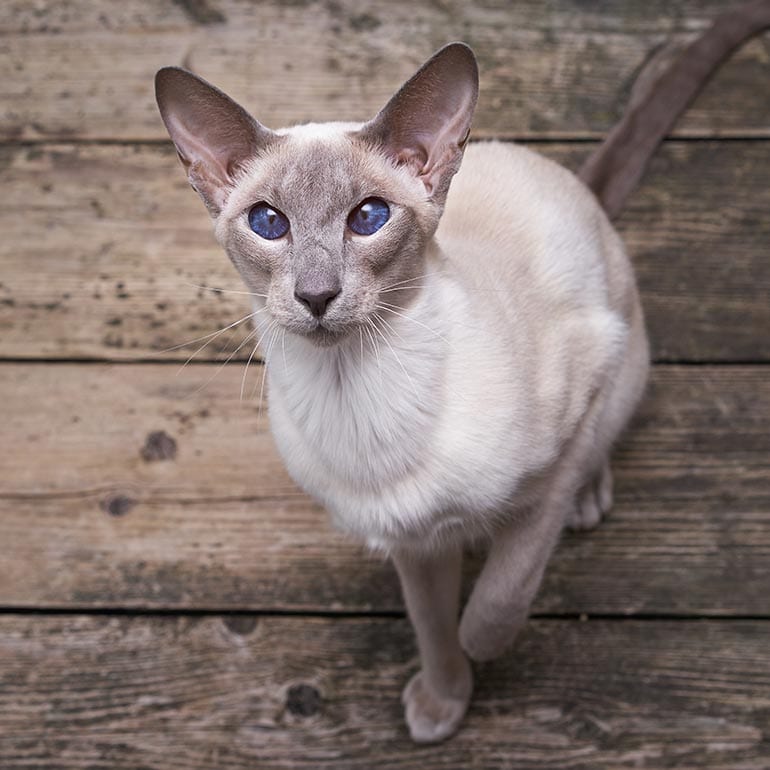
iStock.com/Leschenko
Oriental Shorthair
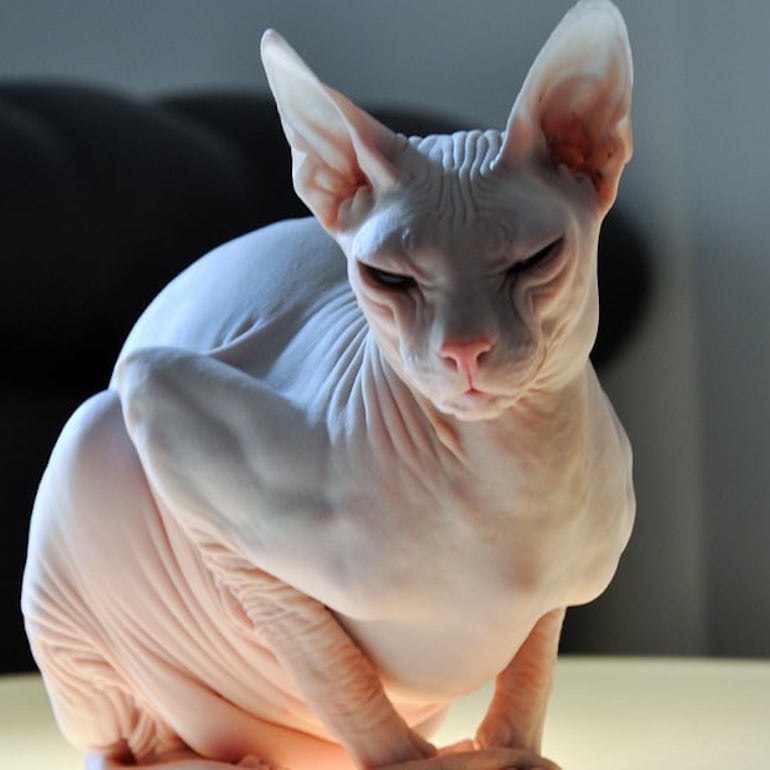
Donskoy
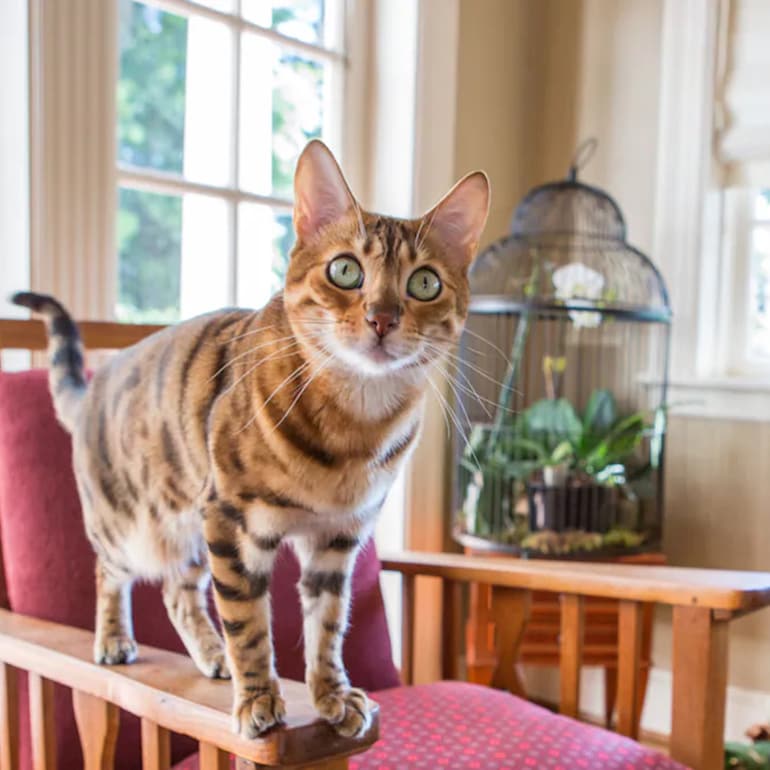
iStock.com/MightPics
Bengal
The distinctive Bengal is known for its stunning coat whose vivid spots and leopard-like marbling will remind you of this cat’s wild cousins. This same coat, which is velvety soft to the touch, sheds minimally. According to The Cat Fancier's Association, Bengals are curious, athletic and affectionate. These cats love to play and are great for pet parents who enjoy an engaging and intelligent companion.
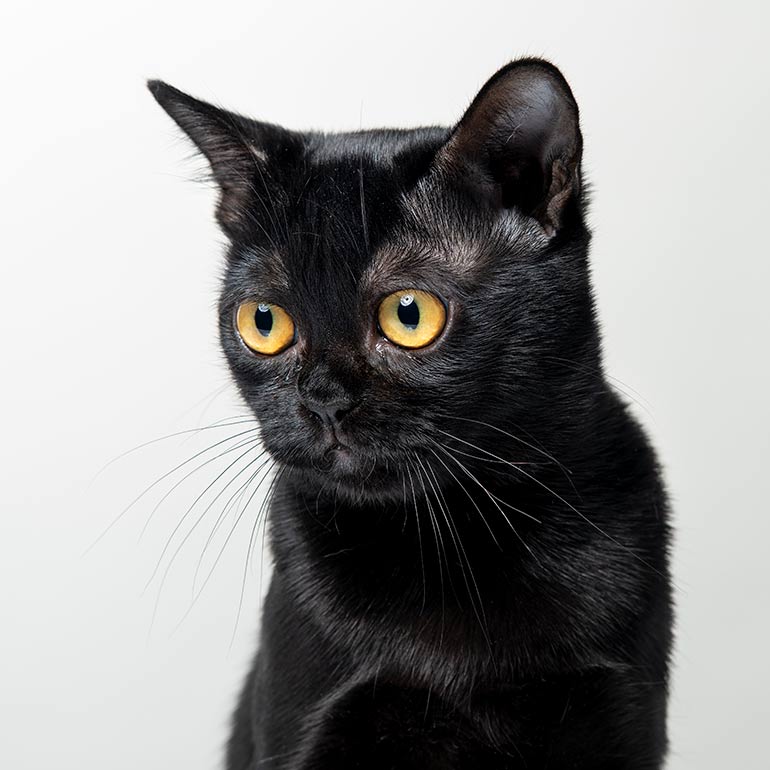
Bombay
The sleek, black coat of the Bombay makes this cat look like a mini panther. And luckily, as the International Cat Association notes, their short, tight coat sheds very little compared to other cat breeds and needs minimal maintenance. Occasional brushing should keep their shiny fur in tip-top form. The Bombay is a smart, inquisitive and outgoing companion. This friendly and easy-going cat can do well in busy homes with a family to keep them entertained.
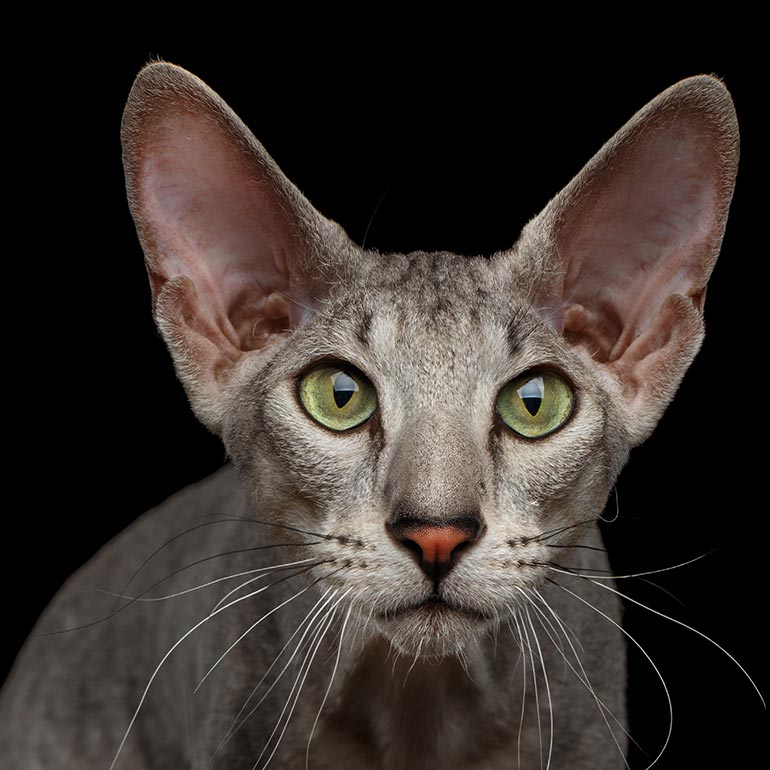
iStock.com/Seregraff
Peterbald
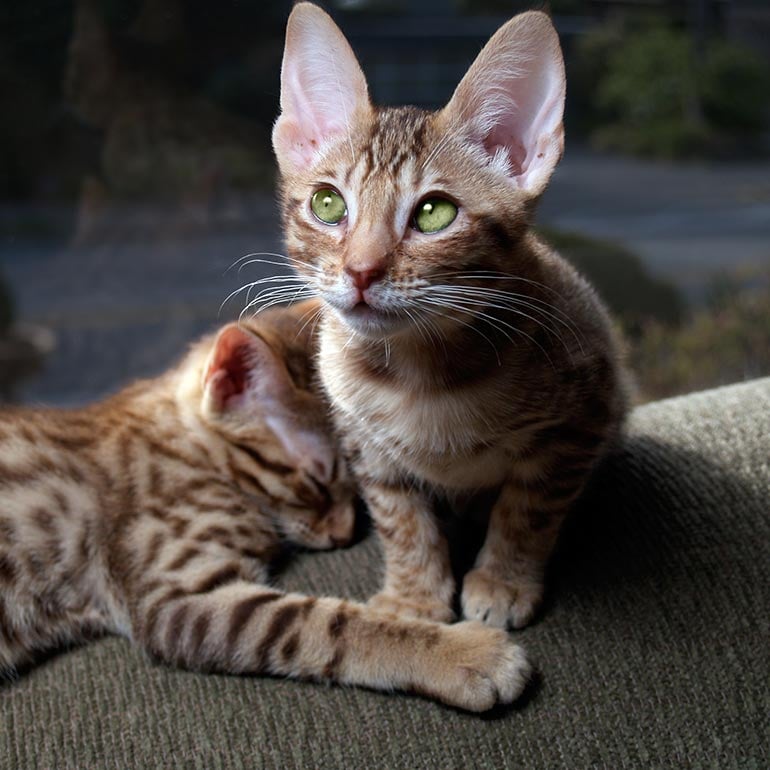
iStock.com/chairboy
Ocicat
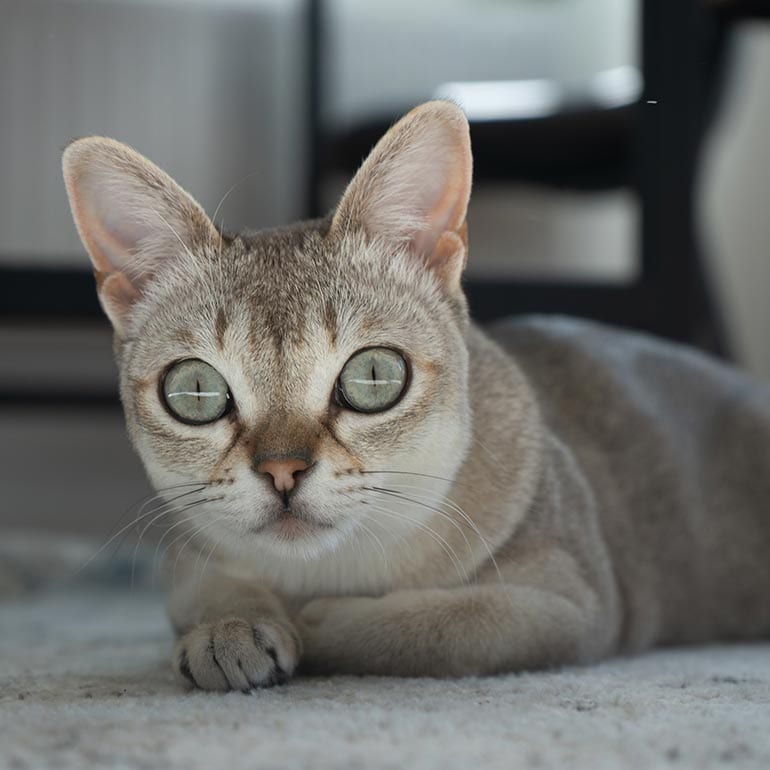
iStock.com/Viktor
Singapura
Minskin
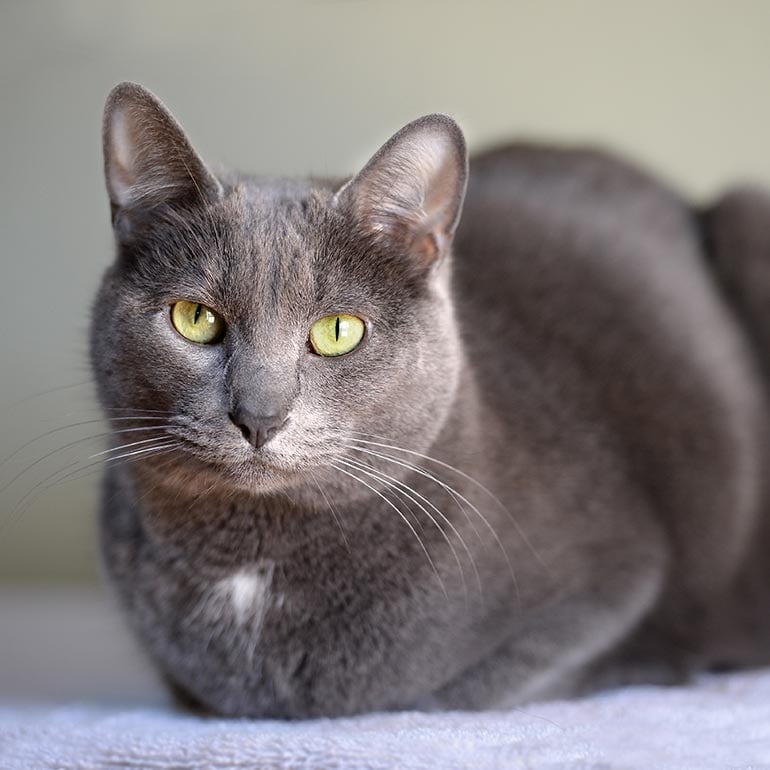
iStock.com/ginosphotos
Korat
The Cat Fancier's Association notes that the Korat’s silver-tipped blue fur consists of a single coat that lies close to the body. Thanks to this short, tight coat, the Korat tends to shed less than other cats. You'll appreciate their soft, low-shedding coat as this cute companion loves to cuddle and will stick close by your side. Korats are playful and intelligent but also love to chill.
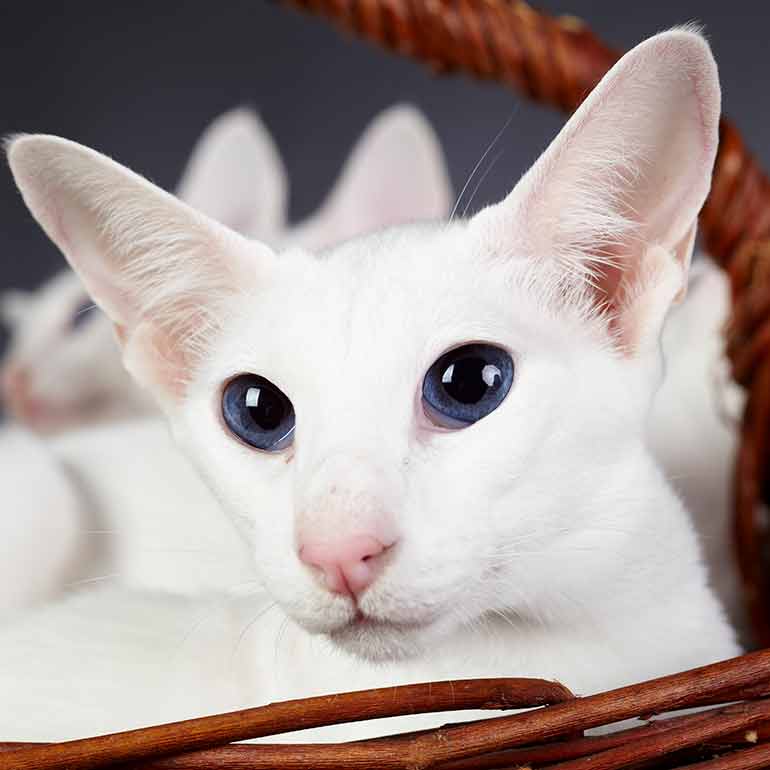
iStock.com/Celiaaa
Colorpoint Shorthair
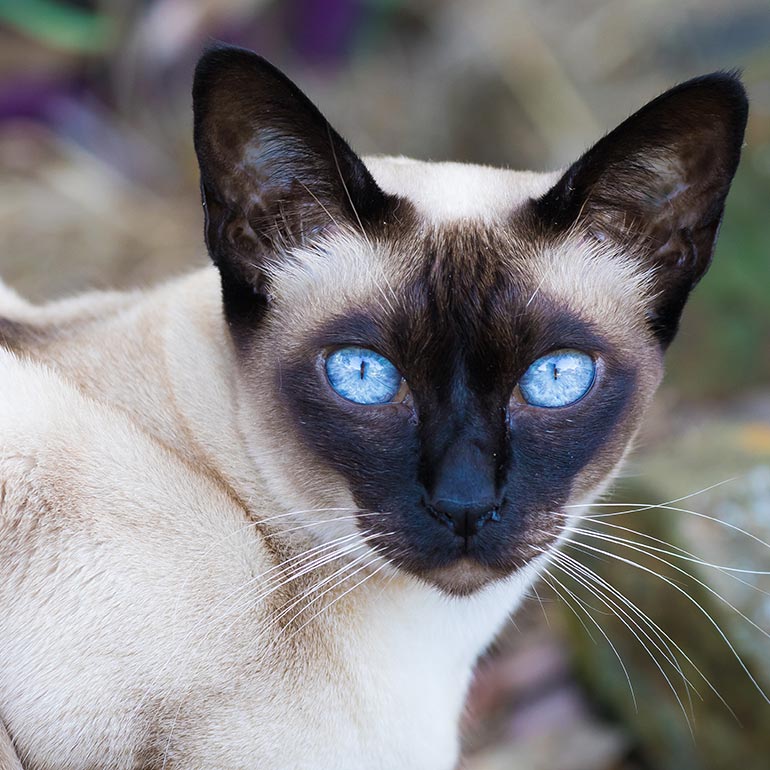
iStock.com/Sally Hinton
Tonkinese
Tonkinese cats have a soft, minimally shedding coat that is short, silky and perfect for petting. The Cat Fancier's Association notes that they come in 12 coat colors with various patterns. Verbose, inquisitive and always happy to have a buddy, the Tonkinese is a great companion who will entertain their pet parents with their fun-loving antics.
While no cat is truly hypoallergenic, people who both love and are allergic to cats might still be able to have one in their home by choosing a low-shedding breed. Of course, consider the severity of your allergies and consult your doctor before getting a cat.
Here’s hoping you’ll be able to snuggle up soon with one of these minimally shedding kitties! Your sinuses (and your furniture) will thank you.
READ MORE:
Share:
